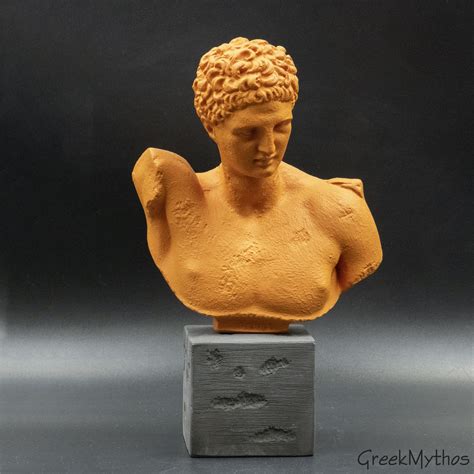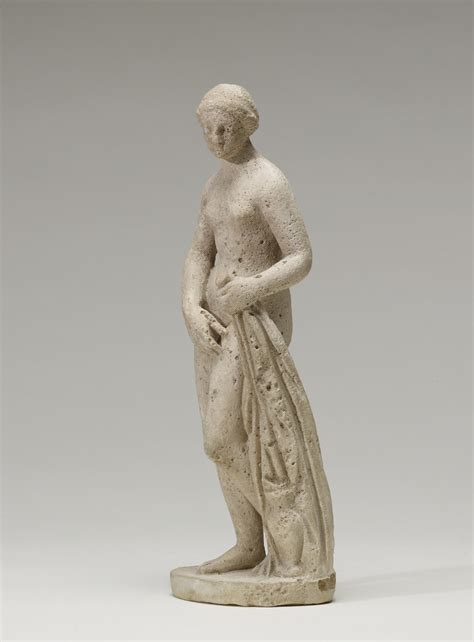de hermes van praxiteles | Hermes of praxiteles image de hermes van praxiteles By Dimosthenis Vasiloudis. Witnessing History Through Praxiteles’ Hermes: A Sculptural Marvel. The "Hermes of Praxiteles" is one of the most renowned sculptures of .
The presence of pseudonormalized and restricted filling patterns with elevated E/e′ indicates the presence of both diastolic dysfunction (impaired relaxation and elevated LV early diastolic pressures) and elevated LA pressure. 17 In contrast, the impaired relaxation pattern indicates diastolic dysfunction without a marked elevation in mean LA .
0 · the god Hermes by praxiteles
1 · praxiteles aphrodite statue
2 · praxiteles Hermes with infant dionysus
3 · famous statues of Hermes
4 · Hermes of praxiteles marble
5 · Hermes of praxiteles image
6 · Hermes of praxiteles history
7 · 4th century sculpture by praxiteles
As such, as per the latest Regulations in vogue in India, there is no such classifications as LV, MV, HV & EHV. The National Electric Code (of India) 2011 (Reaffirmed in 2016): Part 1 – Section 2. -Low Voltage: The voltage which does not normally exceed 250 V (Cl. 3.3.37)

The statue of Hermes and the Infant Dionysus, supposedly created by Praxiteles, was discovered on May 8, 1877, but its influential presence makes it a timeless piece of Hellenism, and later, Western culture. It is seen as the .Praxiteles was the greatest of the Attic sculptors of the 4th century bce and one of the most original of Greek artists. By transforming the detached and majestic style of his immediate .Hermes and the Infant Dionysus, also known as the Hermes of Praxiteles or the Hermes of Olympia is an ancient Greek sculpture of Hermes and the infant Dionysus discovered in 1877 .In 1877, excavations at the site of Olympia in Greece unearthed a large marble fragment identified as the statue of Hermes carrying the infant Dionysos, described by Pausanias. Casts show the .
The Hermes has particular properties associated with Praxiteles including the sfumato or blurring effect of the surface. Praxiteles is one of the main sculptors (Vitruvius) of the Mausoleum of . By Dimosthenis Vasiloudis. Witnessing History Through Praxiteles’ Hermes: A Sculptural Marvel. The "Hermes of Praxiteles" is one of the most renowned sculptures of .Hermes and the “infant” god Dionysus (from Praxiteles around 343-330 BC his only original work survived, there are some who say that it was produced by some of the Praxiteles school ) found the 8th May 1877 at the Hera temple now at . The statue of Hermes and the Infant Dionysus, supposedly created by Praxiteles, was discovered on May 8, 1877 but its influential presence makes it a timeless piece of Hellenism, and later, western culture itself. It is seen as the .
Hermes and the Infant Dionysus, also known as the Hermes of Praxiteles or the Hermes of Olympia is an ancient Greek sculpture of Hermes and the infant Dionysus discovered in 1877 in the ruins of the Temple of Hera, Olympia, in Greece. It is . The statue of Hermes and the Infant Dionysus, supposedly created by Praxiteles, was discovered on May 8, 1877, but its influential presence makes it a timeless piece of Hellenism, and later, Western culture. It is seen as the epitome of .
the god Hermes by praxiteles
Hermes and the Infant Dionysos. Also called the Hermes of Olympia or the Hermes of Praxiteles. Scholarship is divided over whether this is a Greek original by famed sculptor, Praxiteles, a Roman copy of his statue, or the work of a lesser-known sculptor of the same name.Praxiteles was the greatest of the Attic sculptors of the 4th century bce and one of the most original of Greek artists. By transforming the detached and majestic style of his immediate predecessors into one of gentle grace and sensuous charm, he profoundly influenced the subsequent course of Greek.Hermes and the Infant Dionysus, also known as the Hermes of Praxiteles or the Hermes of Olympia is an ancient Greek sculpture of Hermes and the infant Dionysus discovered in 1877 in the ruins of the Temple of Hera, Olympia, in Greece. It is .In 1877, excavations at the site of Olympia in Greece unearthed a large marble fragment identified as the statue of Hermes carrying the infant Dionysos, described by Pausanias. Casts show the state of the figure as it was originally discovered, and prior to its subsequent restoration.
The Hermes has particular properties associated with Praxiteles including the sfumato or blurring effect of the surface. Praxiteles is one of the main sculptors (Vitruvius) of the Mausoleum of Halicarnassus. By Dimosthenis Vasiloudis. Witnessing History Through Praxiteles’ Hermes: A Sculptural Marvel. The "Hermes of Praxiteles" is one of the most renowned sculptures of ancient Greece, believed to have been crafted around 330 BC by the acclaimed sculptor Praxiteles.
Hermes and the “infant” god Dionysus (from Praxiteles around 343-330 BC his only original work survived, there are some who say that it was produced by some of the Praxiteles school ) found the 8th May 1877 at the Hera temple now at the museum of Ancient Olympia. The statue of Hermes and the Infant Dionysus, supposedly created by Praxiteles, was discovered on May 8, 1877 but its influential presence makes it a timeless piece of Hellenism, and later, western culture itself. It is seen as the epitome .Hermes and the Infant Dionysus, also known as the Hermes of Praxiteles or the Hermes of Olympia is an ancient Greek sculpture of Hermes and the infant Dionysus discovered in 1877 in the ruins of the Temple of Hera, Olympia, in Greece. It is .
The statue of Hermes and the Infant Dionysus, supposedly created by Praxiteles, was discovered on May 8, 1877, but its influential presence makes it a timeless piece of Hellenism, and later, Western culture. It is seen as the epitome of .Hermes and the Infant Dionysos. Also called the Hermes of Olympia or the Hermes of Praxiteles. Scholarship is divided over whether this is a Greek original by famed sculptor, Praxiteles, a Roman copy of his statue, or the work of a lesser-known sculptor of the same name.Praxiteles was the greatest of the Attic sculptors of the 4th century bce and one of the most original of Greek artists. By transforming the detached and majestic style of his immediate predecessors into one of gentle grace and sensuous charm, he profoundly influenced the subsequent course of Greek.
Hermes and the Infant Dionysus, also known as the Hermes of Praxiteles or the Hermes of Olympia is an ancient Greek sculpture of Hermes and the infant Dionysus discovered in 1877 in the ruins of the Temple of Hera, Olympia, in Greece. It is .In 1877, excavations at the site of Olympia in Greece unearthed a large marble fragment identified as the statue of Hermes carrying the infant Dionysos, described by Pausanias. Casts show the state of the figure as it was originally discovered, and prior to its subsequent restoration.
praxiteles aphrodite statue
The Hermes has particular properties associated with Praxiteles including the sfumato or blurring effect of the surface. Praxiteles is one of the main sculptors (Vitruvius) of the Mausoleum of Halicarnassus.
By Dimosthenis Vasiloudis. Witnessing History Through Praxiteles’ Hermes: A Sculptural Marvel. The "Hermes of Praxiteles" is one of the most renowned sculptures of ancient Greece, believed to have been crafted around 330 BC by the acclaimed sculptor Praxiteles.
Hermes and the “infant” god Dionysus (from Praxiteles around 343-330 BC his only original work survived, there are some who say that it was produced by some of the Praxiteles school ) found the 8th May 1877 at the Hera temple now at the museum of Ancient Olympia.

praxiteles Hermes with infant dionysus
famous statues of Hermes
Pathfinder is missing her level 200 medal, which OrangeMushroom translates as 'master of ancient power'. More details: At each job advancement, Pathfinder gets a light bulb cutscene quest which rewards her with a Pathfinder-specific job advancement level. Level 10: Cursed Seeker. Level 30: Daring Explorer. Level 60: Dark Delver.
de hermes van praxiteles|Hermes of praxiteles image


























